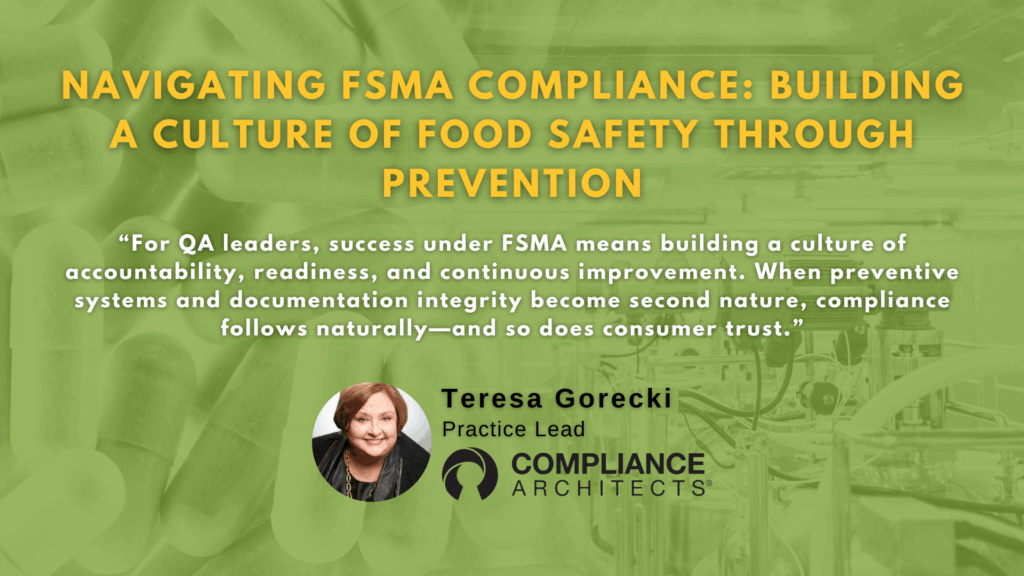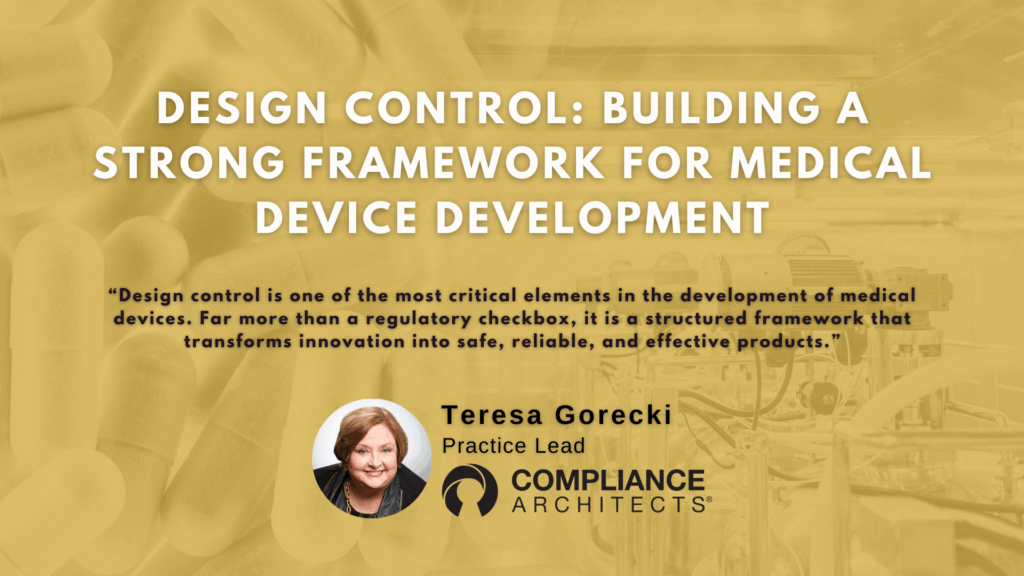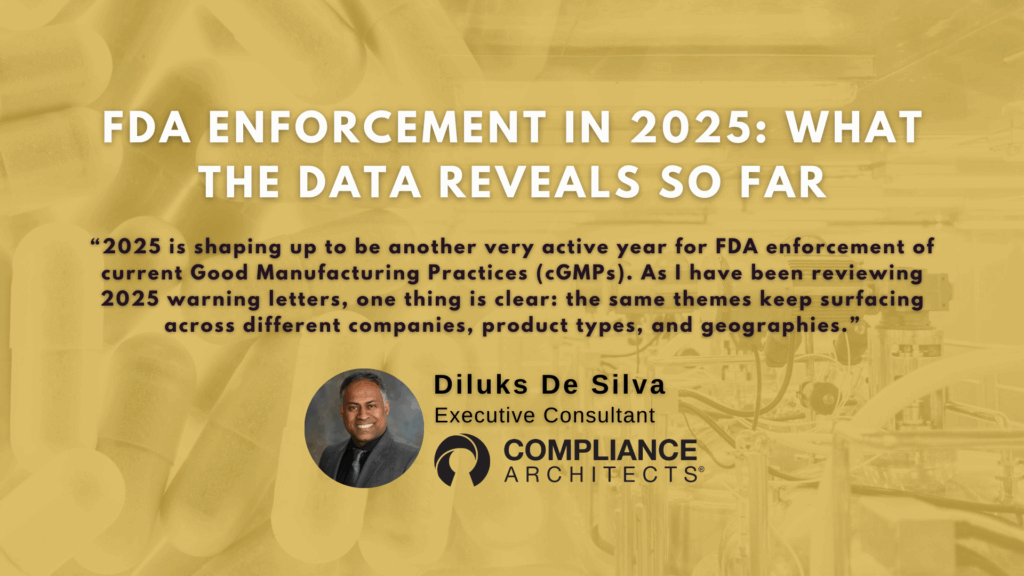Risk…
We talk about “risk-based decision making,” “risk management,” and “risk reduction” like they’re simple, linear processes. Identify the risk and then take the appropriate actions to reduce or eliminate it. But anyone who has ever led a remediation effort, navigated a quality crisis, or worked through operational triage knows the truth: risk becomes complicated—fast.
It’s one thing to fill out an FMEA or hazard analysis with rankings of severity and probability. It’s another thing entirely to stand in front of a leadership team — or a regulator — and answer the question:
“Which risks are you going to fix first — and why?”
This is where risk management shifts from an academic exercise to an exercise in judgment, prioritization, and clarity. And it’s where many organizations struggle. In this article, let’s discuss characterizing risk and approaching it in a way that prioritizes the most critical elements first.
Table of Contents
Why Classic Tools Aren’t Enough (But Are Still Necessary) for Characterizing Risk
Frameworks like ISO 14971, Fault Trees, and FMEAs remain essential. They provide structure to the inherently complex process of identifying hazards and harms, estimating probabilities, assessing severity, and driving risk control.
The difficulty is that these tools tend to flatten risk into a single dimension — usually a grid of probability vs. severity.
In day-to-day risk management, that works well. But when you’re in a remediation scenario — time-boxed, resource-constrained, and under regulatory pressure — it’s not enough.
In those moments, risks don’t compete on a spreadsheet. They compete in the real world — for dollars, for engineering resources, for supply chain attention, for leadership focus.
The Reality: Risk Prioritization Is a Balancing Act

If you’ve ever tried to turn a 50-item risk register into a 5-item action plan, you already know the challenge:
Everything is important.
But not everything is equally urgent.
So, how do you decide?
The key is recognizing that risk has multiple dimensions, and the most effective prioritization frameworks acknowledge and balance those dimensions.
A Hierarchy of Risk Lenses
Through our work with numerous clients over many years, the team at Compliance Architects has developed sophisticated tools to identify, rank, and prioritize risks across the entire enterprise. In the interest of brevity (and, to be honest, to avoid giving away the cow), here is a subset of some practical, field-tested methods for stacking risks against each other when the goal is focused and time-bound remediation.
Patient Safety – always first, always non-negotiable.
Risks that directly impact patient or user safety always take precedence. Full stop. Whether it’s a potential for electrical shock, infection, data loss in a digital health product, or a mechanical failure, safety is the first filter.
This isn’t just a regulatory issue — it’s an ethical one. If a risk presents a credible path to harm, that risk drives action before all others. Everything else goes to the back of the line.
Regulatory Compliance (Close Second)
Safety and compliance are often (but not always) aligned. A failure in complaint handling procedures or CAPA may not immediately harm patients, but it creates regulatory risk that can jeopardize the entire business.
Regulatory enforcement — warning letters, consent decrees, import holds — carries existential consequences. A broken CAPA system may not shock a patient, but it can shut a company down.
Additionally, these rules exist because they create a framework that prevents risk from reaching the patient. Thus, the need to bubble to the top of the risk framework
Supply Continuity (The Sleeper Risk)
It’s easy to focus on the direct technical or quality risks, but supply chain risks often sneak up as the silent killer.
A defective component that halts production may not harm anyone directly, but if customers can’t get your device, you’ve introduced harm of a different kind:
- Harm to dependent patients
- Damage to hospital workflows
- Loss of customer trust
A defective supplier is even worse. If they are bad enough, you won’t even know you are getting defective components until it is too late.
Supply risk is patient risk, business risk, and compliance risk — all disguised as operational noise.
Brand Equity & Business Viability
Some risks won’t show up in a risk matrix at all — but show up in the headlines, in customer defections, and in investor calls.
In fact, this filter needs to be applied in the converse. What do I mean by that? This is the classic “would I want my mother to know I did this?” risk. Immature organizations and executives focus on the loss of equity that results from doing the right thing. They agonize over the recall “hurting the business.” Mature organizations do the right thing, so they don’t have to worry about their brand equity in the long term.
Brand risk must never take precedence over safety or compliance, but it absolutely deserves a seat at the prioritization table.
Building a Prioritized List: How It Actually Works
As I mentioned earlier, when advising clients on remediation, the list is longer and more comprehensive than the points I listed above. However, for the framework I just created, here is how you could work with it.
Sort for Safety First
Any risk with a direct and credible impact on patient or user safety takes precedence. No negotiation. Even if the likelihood is low, if the severity is catastrophic, it takes precedence.
Overlay Compliance Risk
Ask: Will this risk create — or continue — a regulatory violation? If the answer is yes, it moves up. FDA doesn’t care if you’re “working on it later.” They care that you are fixing systemic breakdowns that affect product quality or process integrity now.
Test for Supply Fragility
Ask: If this risk materializes, does it stop us from delivering products? Risks that threaten to halt production or delay releases should rise rapidly, because no supply equals both business loss and downstream patient impact.
Assess Brand and Market Impact
Not every risk carries public visibility, but some do. Issues that could trigger customer loss, contract cancellations, or reputational harm get flagged. Especially in regulated industries, reputation and compliance are tightly intertwined.
It’s Not a Math Problem — It’s a Judgment Problem
This isn’t about feeding numbers into an algorithm and getting the “correct” answer. It’s about gathering input, applying structured lenses, and making transparent, defendable decisions.
Yes, use FMEA.
Yes, use ISO 14971 as your backbone.
But also build a multi-factor rubric that explicitly balances safety, compliance, supply, and reputation.
Closing Thought
Risk is always abstract—until it isn’t. When the field failures start. When the FDA shows up. When customers call.
In those moments, your ability to confidently characterize and prioritize risk is the difference between a successful recovery and a compounding crisis.
Because at the end of the day, perfect risk control isn’t possible. But prioritized, confident, defendable actions are.
I am very curious how others have approached this. What lenses do you apply? What trade-offs have you had to navigate when “everything feels important”?





